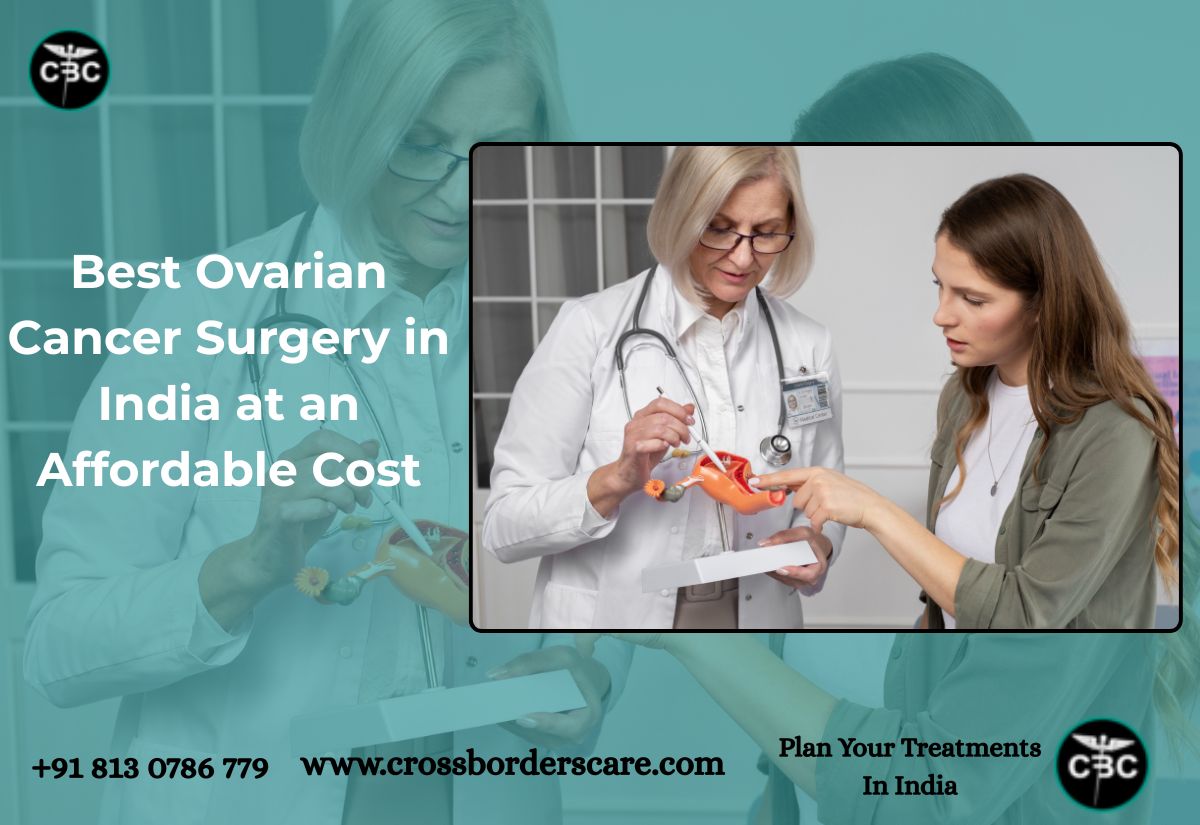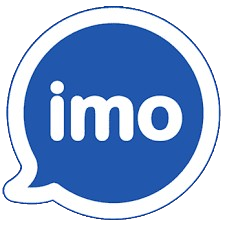One of the major advancements in thoracic surgery is Robotic Assisted Thoracic Surgery in recent times. The da Vinci® Xi surgical robot enables thoracic surgeons to perform surgery in limited operating field with great precision thanks to its 3D HD imaging, magnification and snake like movement. In essence, Robotic surgical system provides an additional option for thoracic surgeons to offer minimally invasive surgery (MIS) to their patients.
The da Vinci Xi surgical robot system
It is constituted by three main components – the vision cart, the master console, from which the surgeon controls robotic instruments and the robotic surgical cart.
Advantages of Robotic Assisted Thoracic Surgery
- Key hole surgery – Scar less cosmetically compliant incisions with almost none postoperative complications like pain, bleeding and infections are the cornerstones of such advanced robotic surgeries.
- High definition (HD) 3D binocular vision for Visualization of the operating area
- Seven degrees of freedom of wrist movements provides for precision surgery at narrow anatomical space.
- Minimal hospital stay,
Robotic Assisted Thoracic Surgery performed using the da Vinci® Xi surgical robot
- Lung Cancer
- Lobectomy for Bronchiectasis
- Lung hydatid Cyst surgery
- Esophageal Cancer
- Thymoma and Thymic Carcinoma
- Thymectomy for Myasthenia Gravis
- Chest Wall Tumors
- Neurogenic Tumors Excision
- Carcinoid Tumors excision
- Diaphragmatic hernia repair
Who performs the surgery?
The operating surgeon controls the robot from console area and robots mimics the movements of surgeon’s hands hence it is called robotic assisted surgery.
How is it performed?
Robotic System consists of mainly three parts such as:
- A console where operating surgeon sits and controls its robotic arms and camera.
- A movable Robotic cart with four robotic arms
- An endovision vision cart in order to provide 3D high definition magnified vision.
Two surgeons are involved in the surgery –one surgeon sitting at surgeon console controls all movements of the robot arms with its attached instruments and a second surgeon at patient cart side introduces robotic operating instruments. The hallmark of robotics is its 3D high definition vision which enables surgeons to spare vital structure during surgery. The robotic arms mimics the movement of surgeons hands providing utmost precision, control and dexterity.
What are the benefits to the patient?
- Very small skin incisions are made for introduction of robotic instruments. This translates into faster healing, lesser scar and faster recovery from the surgery.
- Early ambulation of the patient in the post-operative period is possible due to lesser pain and finally early discharge from the hospital.
- Due to advancement in robotic arms and instruments, very precise lymph node dissection is possible in anatomically narrow space in oncosurgery procedures.
- Quicker return to the active lifestyle is possible due to less chronic pain and early discharge from the hospital.
- Precision dissection results in lesser blood loss during surgery
How does a Robotic thoracic surgery different from traditional open surgery?
Conventional open surgery through thoracotomy or sternotomy requires a long incision cutting through skin, muscles of chest wall and bones. Robotic surgery is performed by introducing specialized instruments through small skin incisions usually three or four in numbers. This results in lesser postoperative pain and faster postoperative recovery.
Who can undergo Robotic thoracic surgery?
The indications for robotic lung surgery are same for conventional thoracic surgeries using VATS techniques. All mediastinal and lung surgeries that are being performed through VATS technique can be safely performed using the robotic technology.
Advantages of Robotic thymectomy for thymoma and Myasthenia Gravis
Robotic thymectomy is performed form left side approach using three ports. The surgeon can achieve a radical procedure, essential for improving the oncological outcomes in thymoma patients and a positive MG remission rate.
Role of Robot in Lung cancer surgery
In recent times the robotic system has improved drastically in order to provide world class treatment of lung cancers. Over the past 2 decades of application, the surgical system has proven its positive oncological radicality and outcome in lung cancer surgery, respecting the surgical and oncologic principles.
Post-operative management of patients undergoing robotic thoracic surgery
Patient is kept in ICU for post-operative monitoring overnight. Pain control is through intravenous analgesia in all robotic thoracic procedures. The chest tubes are removed mostly on post op day 1 for robotic thymectomy patients when the output is serosanguineous. For lung cancer surgery, the chest tubes are usually removed on day 3 or day 4 after surgery.
How soon a patient can be ambulatory after robotic thoracic surgery
Robotic surgery enables us to mobilize patient out of the bed very early, usually postop day 1 due to lesser pain and fewer small skin incisions.
What kind of anesthesia is used for Robotic thoracic surgery?
All robotic thoracic surgical operations are performed under general anesthesia care using elective single lung ventilation with the use of double lumen endotracheal tube.
What are the preoperative investigations needed for undergoing Robotic thoracic surgery?
The preoperative investigations are similar to any conventional thoracotomy or VATS surgery. It includes a pulmonary function test, Stress echocardiography for cardiac function, and blood tests to evaluate renal function, liver function, coagulation profile and CBC.
Is Robotic thoracic surgery cost effective?
Robotic surgical instruments have limited numbers of uses and involve disposable instruments which are costlier than conventional open or VATS surgery. However, shorter hospital stay, earlier return to active lifestyle translates it into a cost-effective procedure.
April 20, 2023


















